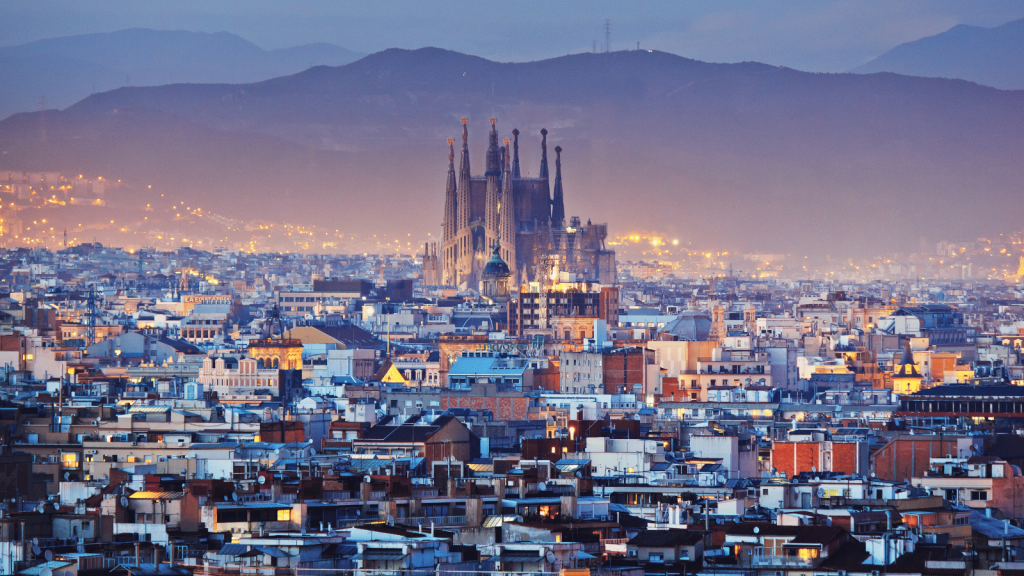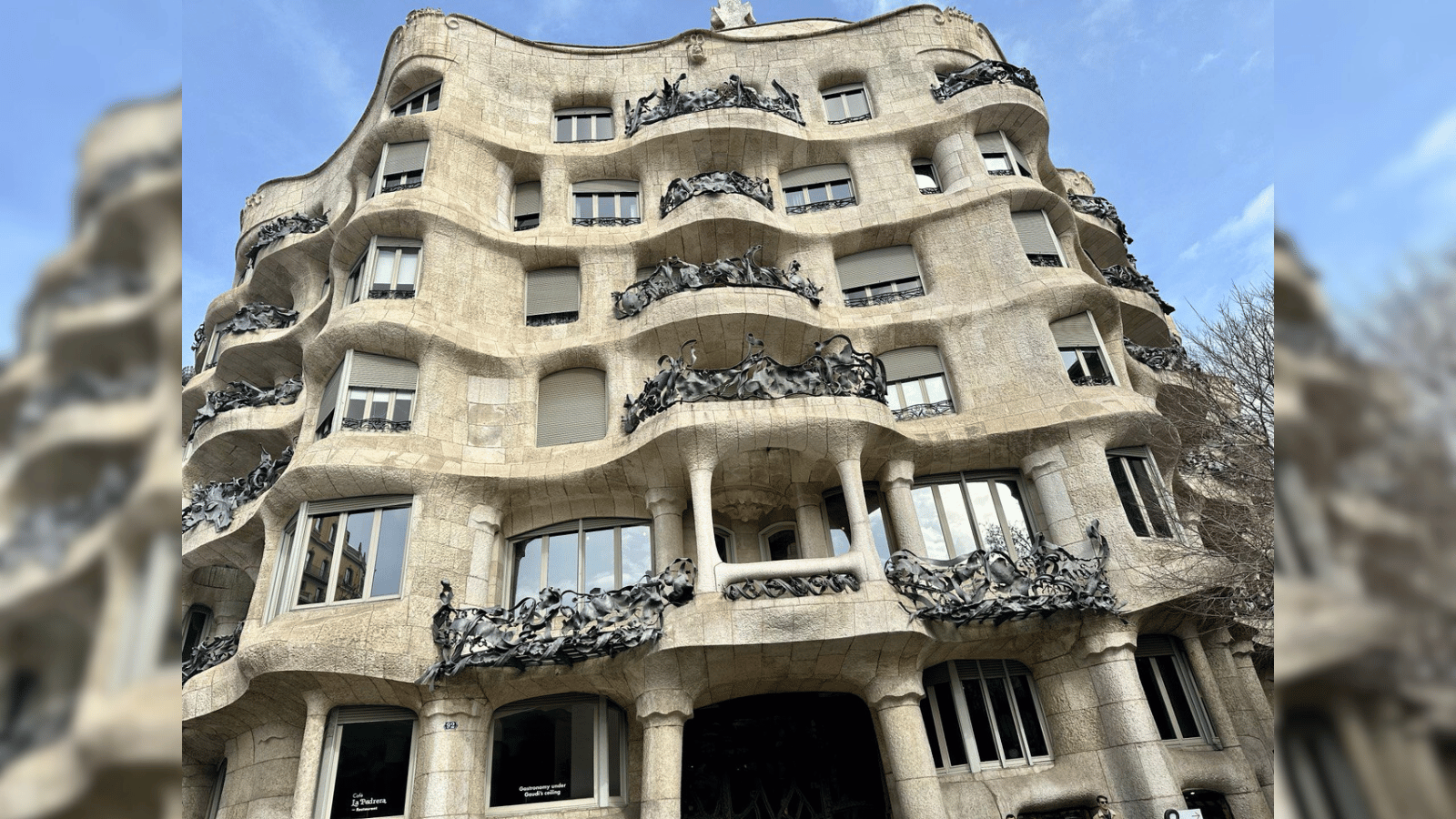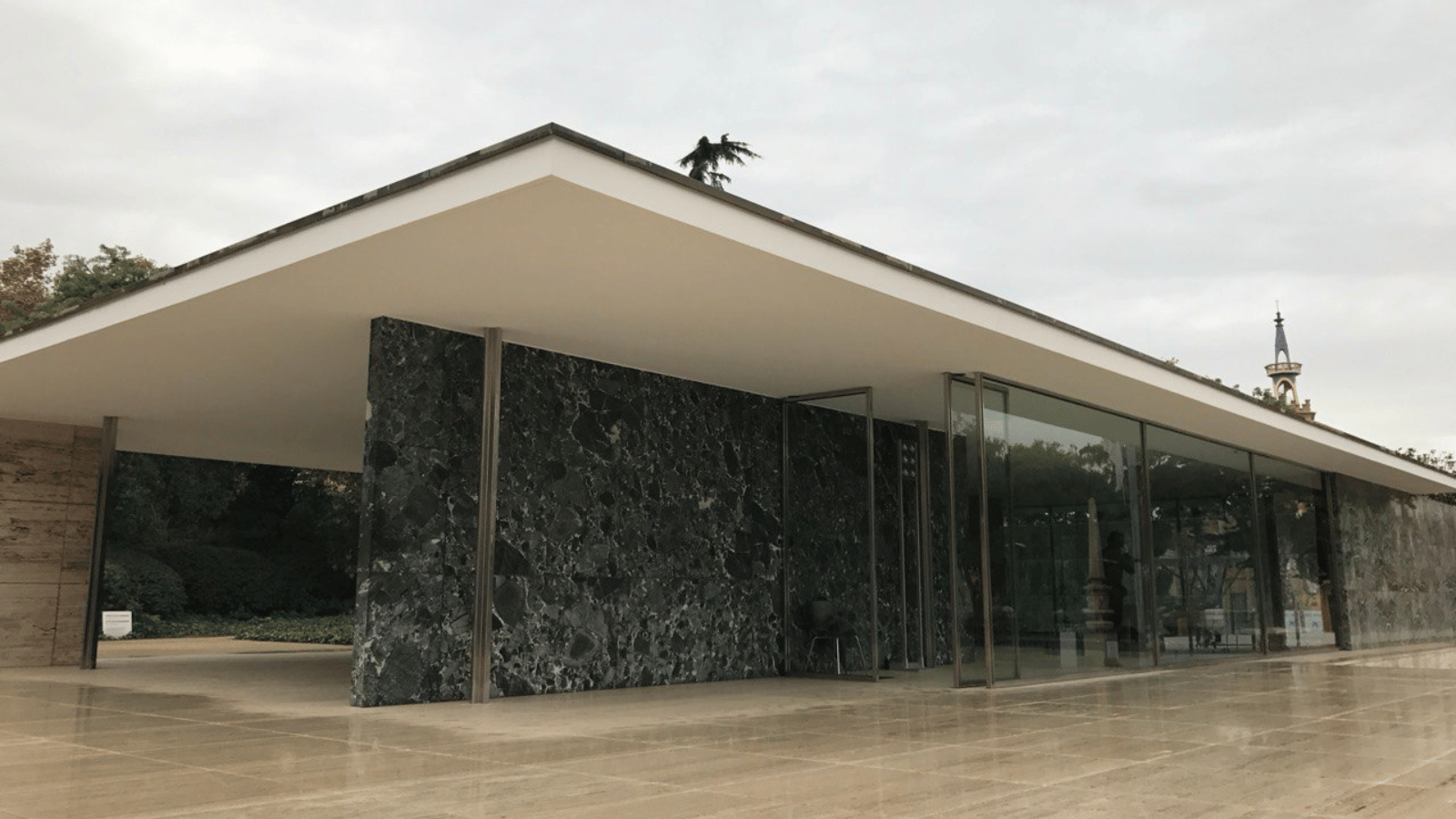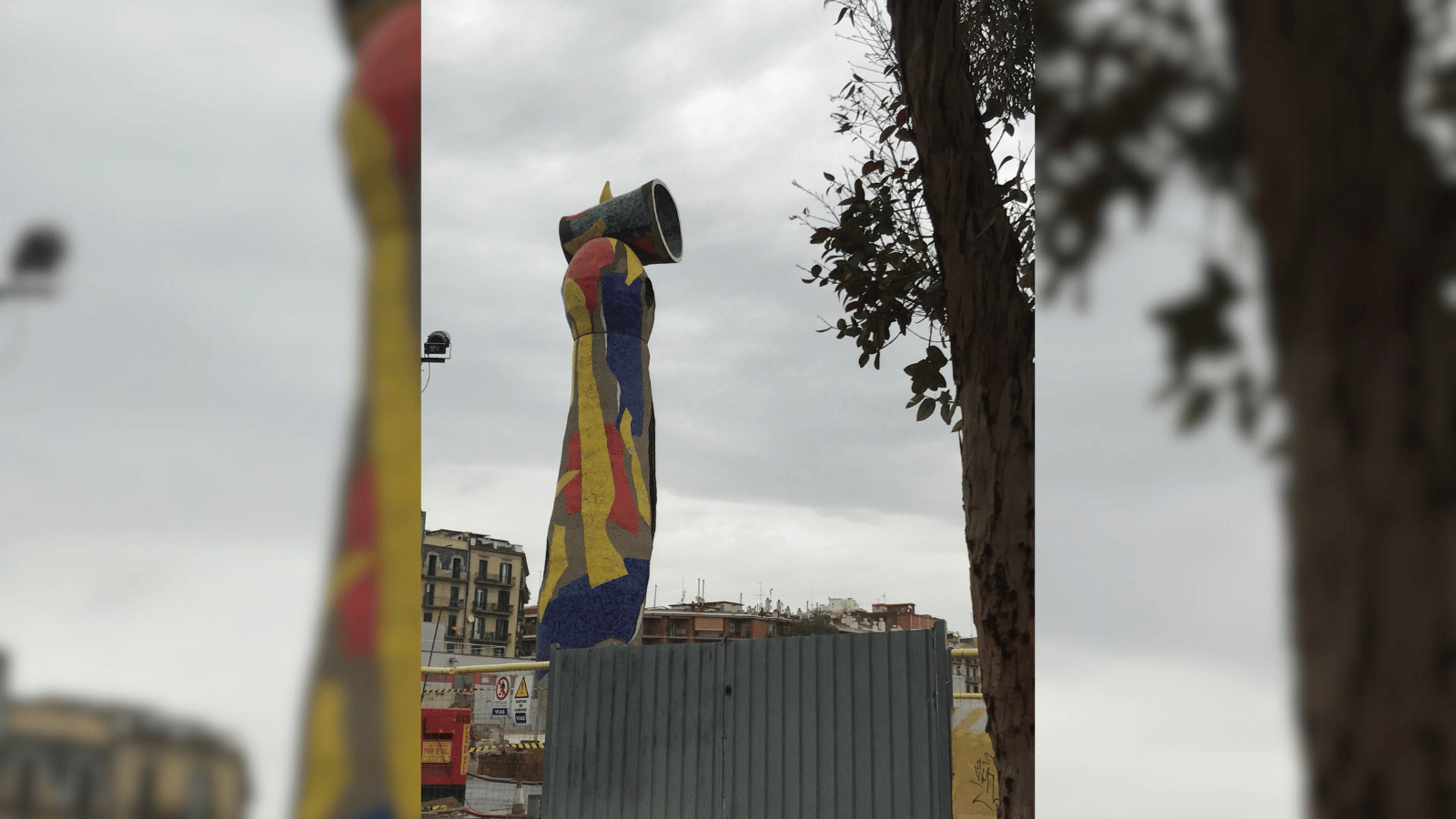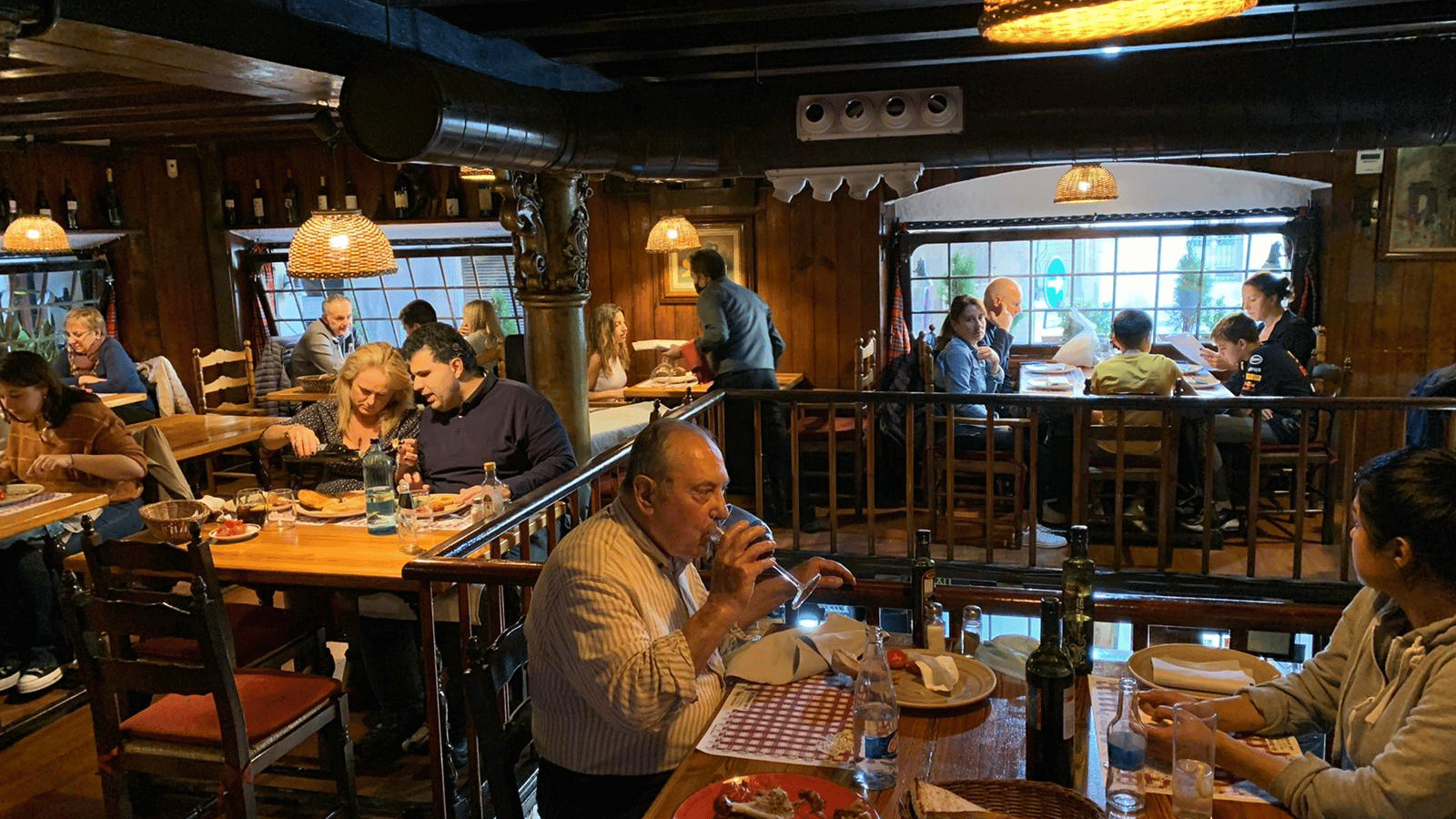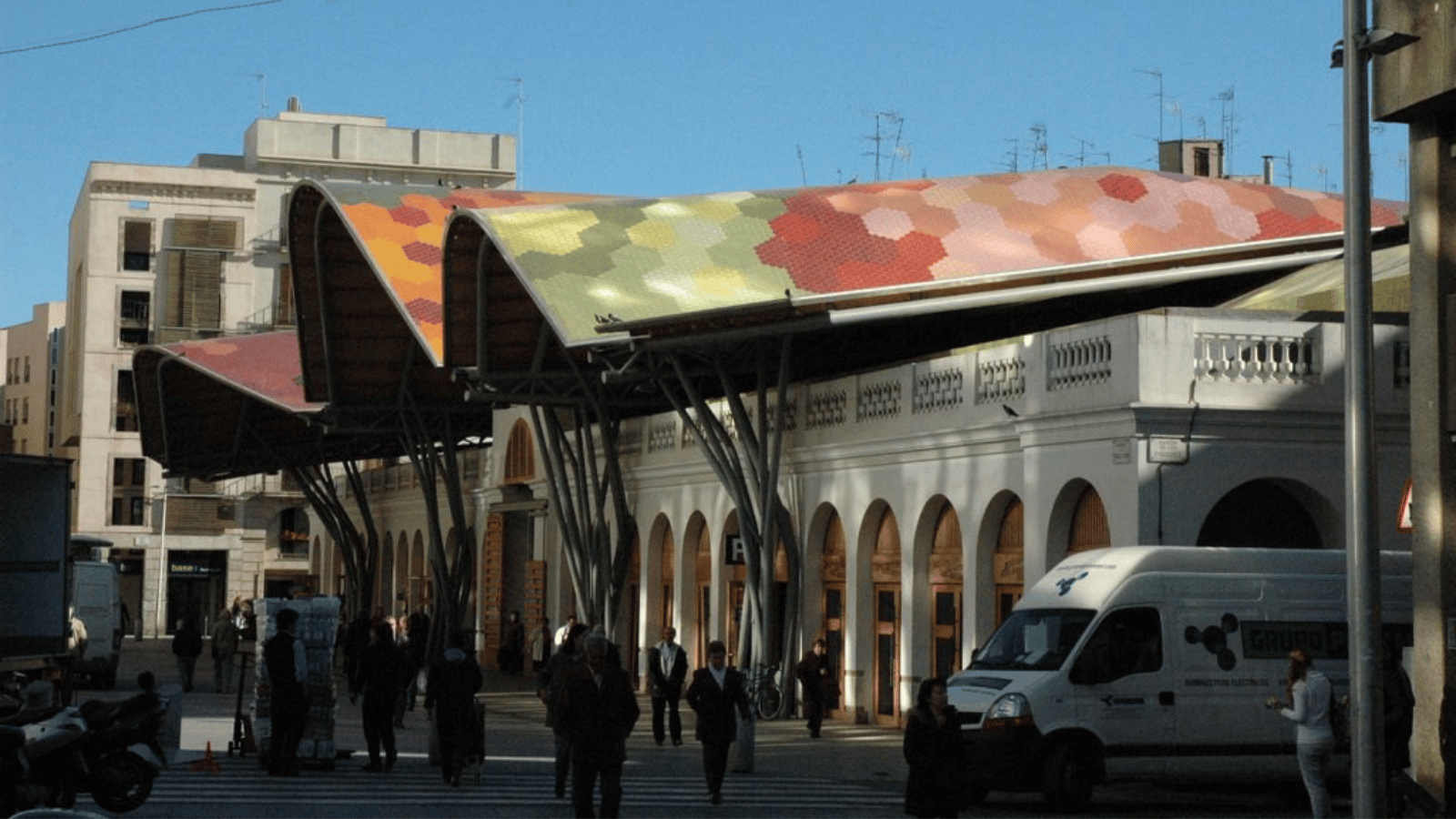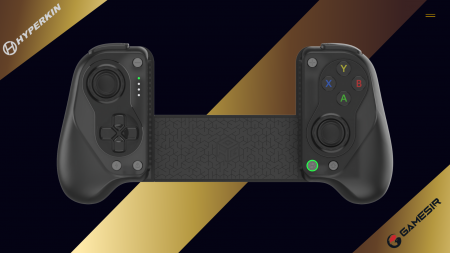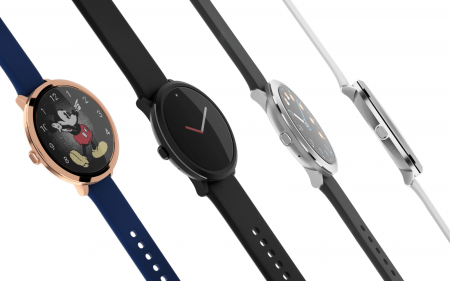Barcelona is a glorious European city to visit – massively enhanced by its most famous son’s extraordinary architectural marvels. And I do mean extraordinary. And many, many marvels.
Antoni Gaudí is synonymous with Barcelona – as he rightfully deserves to be. His eccentric, iconic architecture typifies why this is such a wonderful city with a rich history of creativity and artistry. The food is also fantastic.
Sagrada Familia | Carrer de Mallorca, 401, 08013 Barcelona
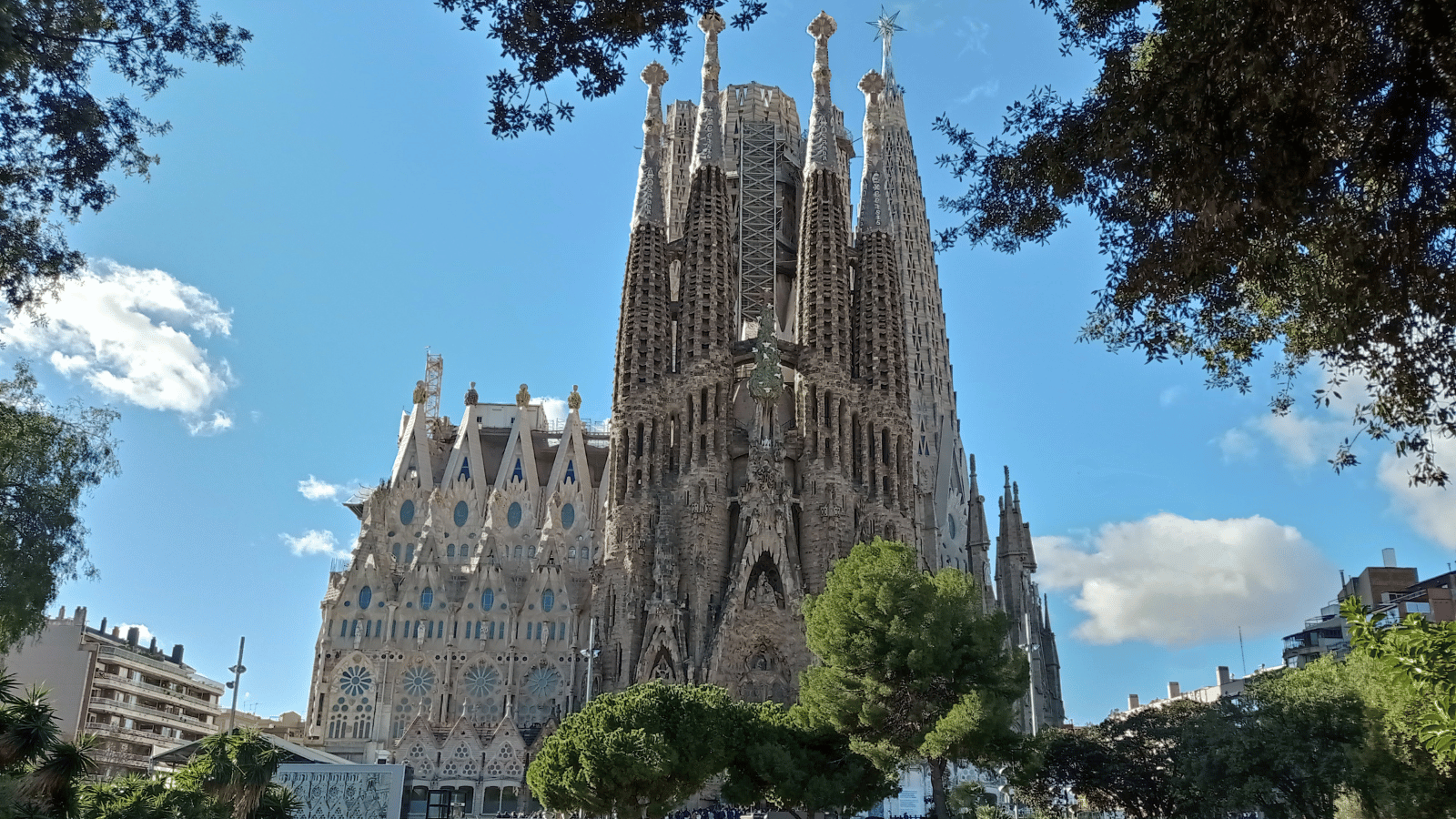
Gaudi’s Sagrada Familia cathedral is a wonder to behold, not least because it’s still incomplete over a hundred years later. It took building technology that long to catch up to Gaudi’s vision. But the invention of concrete reinforced with steel has enabled the cathedral’s amazing and detailed tall spires to finally be completed.
I am mesmerised every time I go there. The sheer size of the building, which was started in 1882 although Gaudi only took over as architect the following year, is as mind-blowing as the attention to details – and there are many, many details.
Inspired by nature, Gaudi wove these influences into all his work. The giant five-story columns look like the branches of small sapling trees, while the spectacular starburst ceiling feel like sunflowers looking down at you. You can spend half an hour outside the main doors just standing and staring at the incredible embellishment of the building. The themes are obviously biblical and are abundant. It’s well worth the visit as long as you book well in advance.
I’m lucky to have been invited to the annual MWC Barcelona telecoms conferences quite regularly over the last 15 years and have seen the progress. Watch this video to see what it will ultimately look like when it’s finished. Time Magazine also has a great feature on it too. You have to book online at sagradafamilia.org.
Casa Batlló | Passeig de Gràcia, 43, 08007 Barcelona
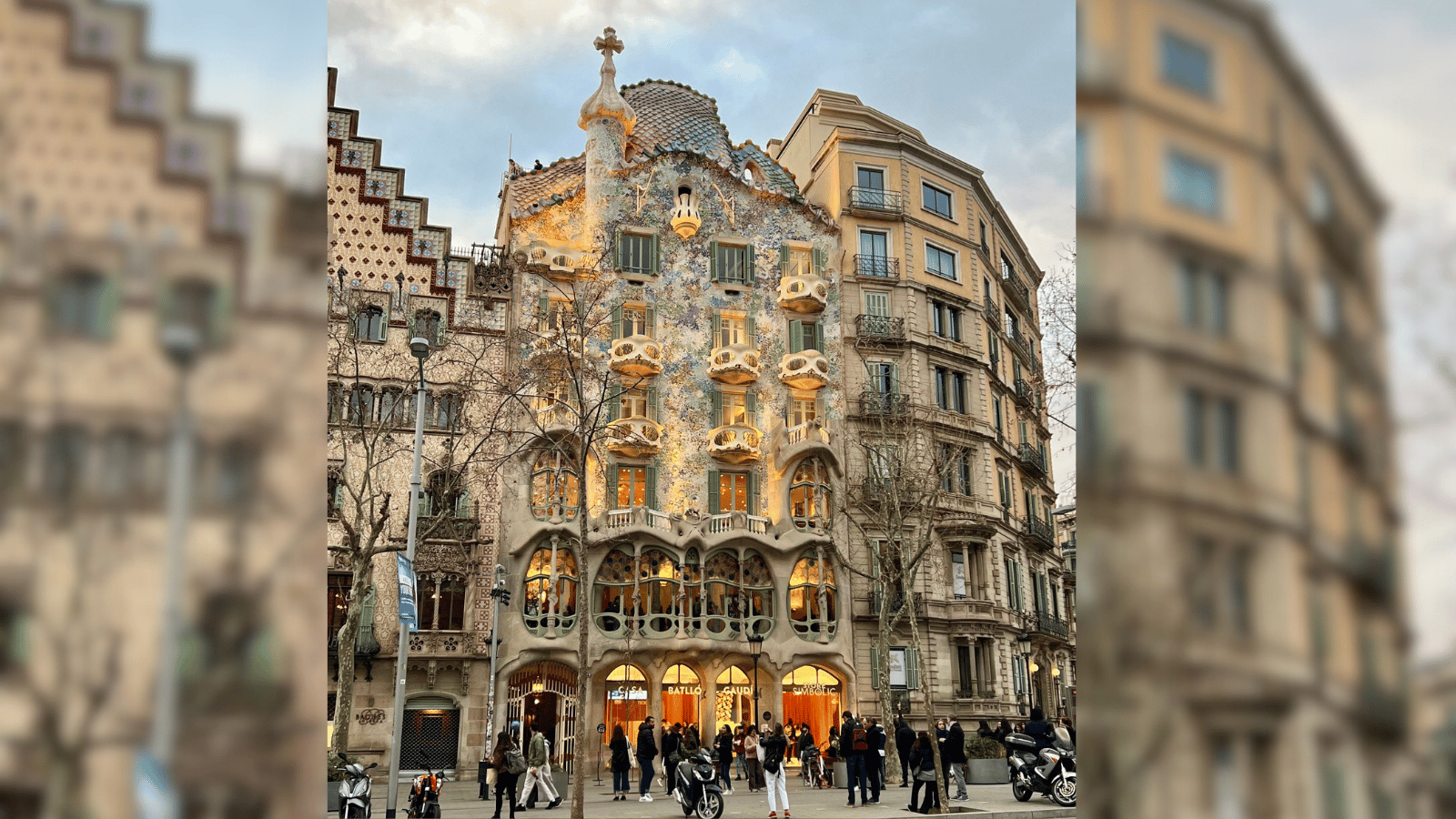
Casa Batlló is another of Antoni Gaudi’s masterpieces, and is his most mature work to date, not least an architectural and creative feat.
It’s my favourite of his buildings and the rooftop arches are arguably the most beautiful. The rooves of Barcelona buildings were used as the laundry and were dank, smelly places. But his famed Catalonian arches are pure genius, allowing in light and wind but keeping out rain.
Get the audio guide when you visit, because it reveals useful info about the various details. You have to book online at casabatllo.es.
Casa Mila | Provença, 261-265, 08008 Barcelona
Casa Batlló is situated on Passeig de Gràcia, essentially Barcelona’s Fifth Ave, an upper-class street with all the major fashion houses. A few blocks up the road is Casa Mila, nicknamed La Pedrera (the quarry). It was Gaudi’s attempt at a block of flats and communal living.
It’s perhaps architecturally less impressive, but still very interesting and worth the tour.
The roof is awesome, with elegant chimneys that are artworks more than exhausts. The views from the roof are exquisite, of surrounding Barcelona, including Sagrada Familia.
Passeig de Gràcia | Barcelona
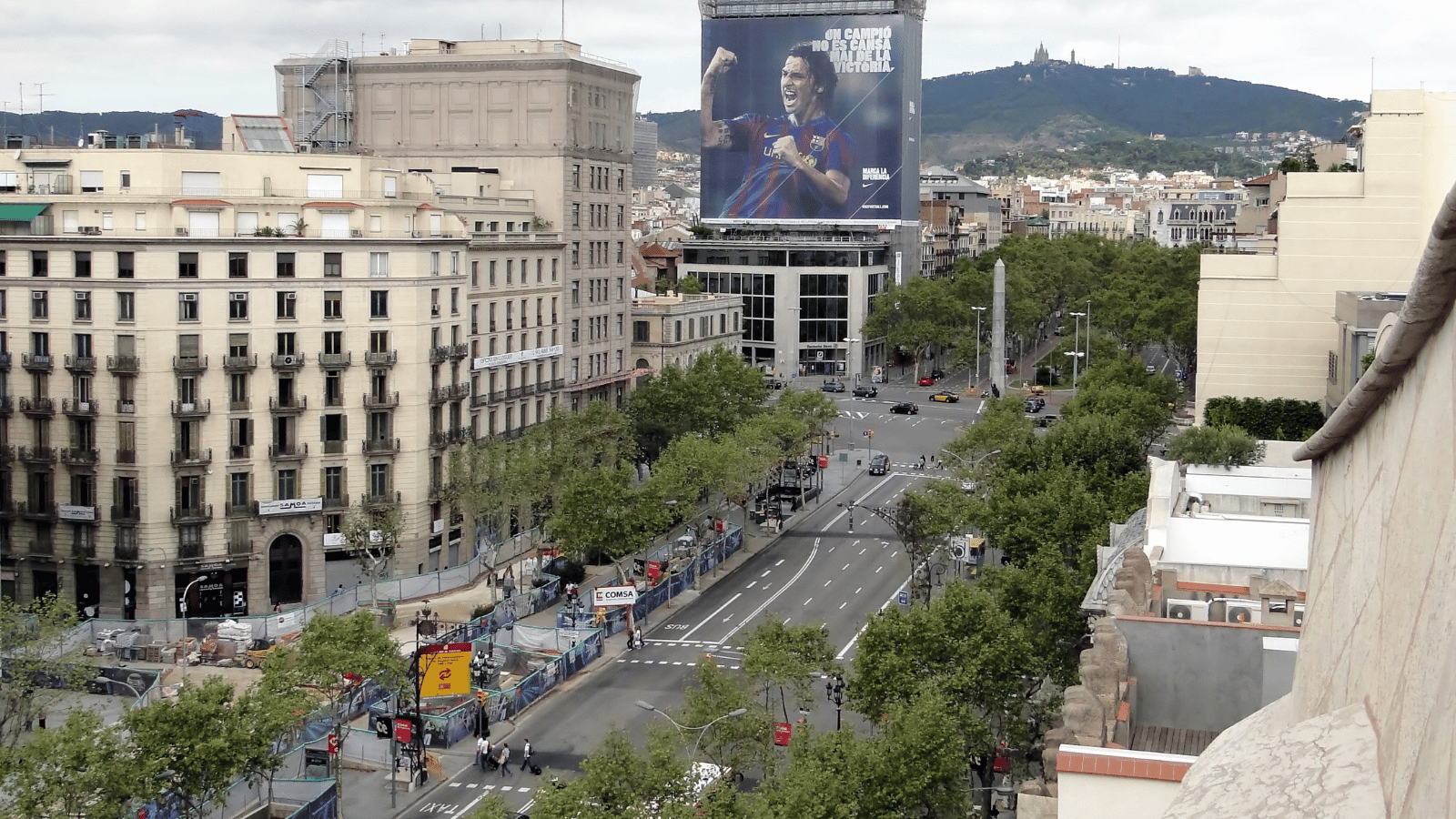
Passeig de Gràcia is a great place to shop all the luxury and high street brands. It continues up the drag, as it were, from las Ramblas and the grand Plaça de Catalunya square.
Think of it as a high-class shopping centre, in the old-fashioned European style. It’s a classic high street, that just happens to have two of the most amazing Gaudi buildings on it. It’s also a great place to grab little tapas.
Muji Passeig de Gràcia | Passeig de Gràcia, 21, 08007 Barcelona
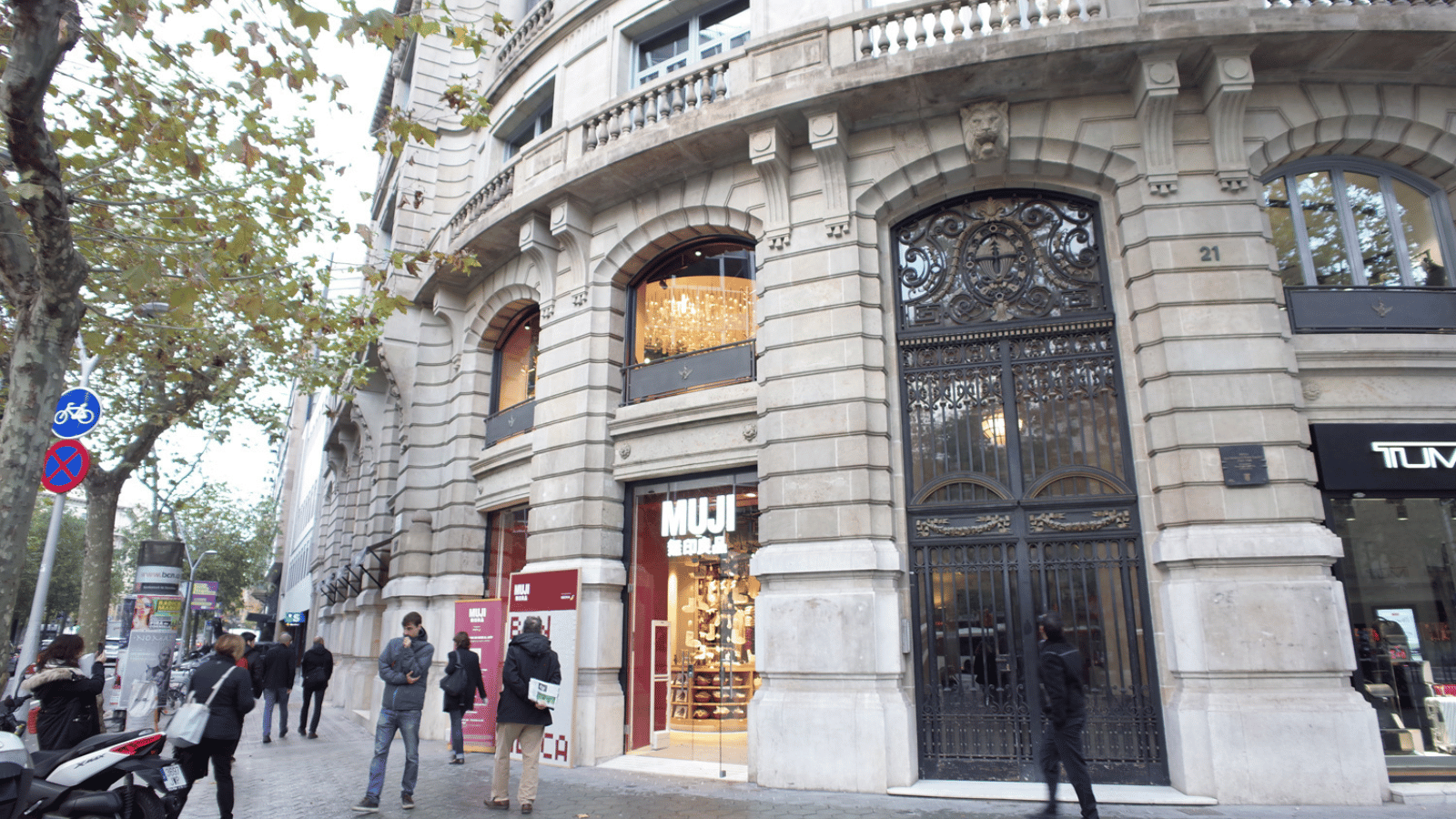
The good news is Muji has opened several stores, including a flagship store on this main drag. I am a huge fan of Muji, which is Japanese for “brand of no brand”.
Its simple elegance is quintessential Japanese design, with practicality as important as aesthetics. Muji’s travel accessories are legendary. The 50ml bottles are the ideal size for flying, as are the thoughtful pouches and other must-haves. Half of my own essential travel gear is from Muji.
This is an ode I once wrote to its minimalist elegance.
Park Güell | Gràcia, 08024 Barcelona
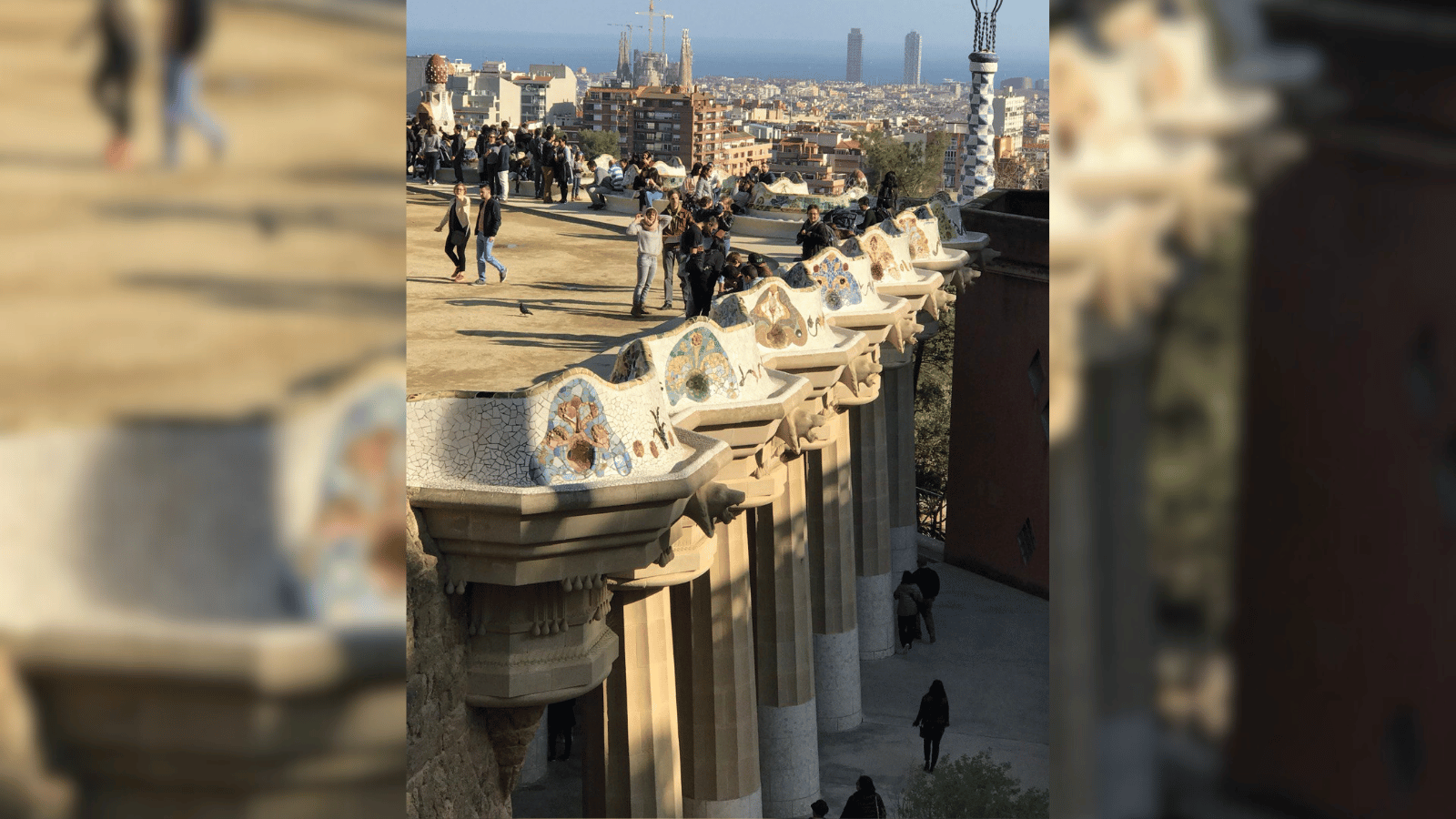
Another great Gaudi creation is Park Güell. Situated on a hill, it has panoramic views of Barcelona and the famous dragon stairway. You’ll recognise it by the hoards taking selfies with the dragon itself. Inside the park are two of his buildings that have some of his furniture and other things from that period.
Barcelona Pavilion | Av. de Francesc Ferrer i Guàrdia, 7, Sants-Montjuïc, 08038
Near the original Fira conference venue, where MWC Barcelona used to be held, are a few interesting attractions. A short walk up the hill is arguably the most important piece of modern-day architecture: Ludwig Mies van der Rohe’s iconic Barcelona Pavilion.
You’ll instantly recognise the floor-to-ceiling glass walls that predominate now from his eternal design, and the Barcelona chairs he made to place inside it.
Considering it was built in 1929 as the German Pavilion for the World Exposition (this is a reconstruction rebuilt in the 1980s), it’s a sign of how profoundly good his design genius was. The chairs, incidentally, were a gift of the king and queen of Spain at the time. I think of this glorious house as the birthplace of modern architecture.
Parc de Joan Miró | C/ d’Aragó, 2, L’Eixample, 08015
Another famed son of Barcelona is Joan Miró, who designed the logo of La Caixo bank – surely the only bank to be able to boast such a distinguished designer.
Just near the Fira is Miró’s famed 22m high Woman and Bird sculpture, which is worth a look. Head away from the Fira, across Plaza Espanya, and passed the revamped bull ring – which is now a shopping centre, talk about the centre of popular culture moving from bullfighting to shopping.
La Rambla | 08002 Barcelona
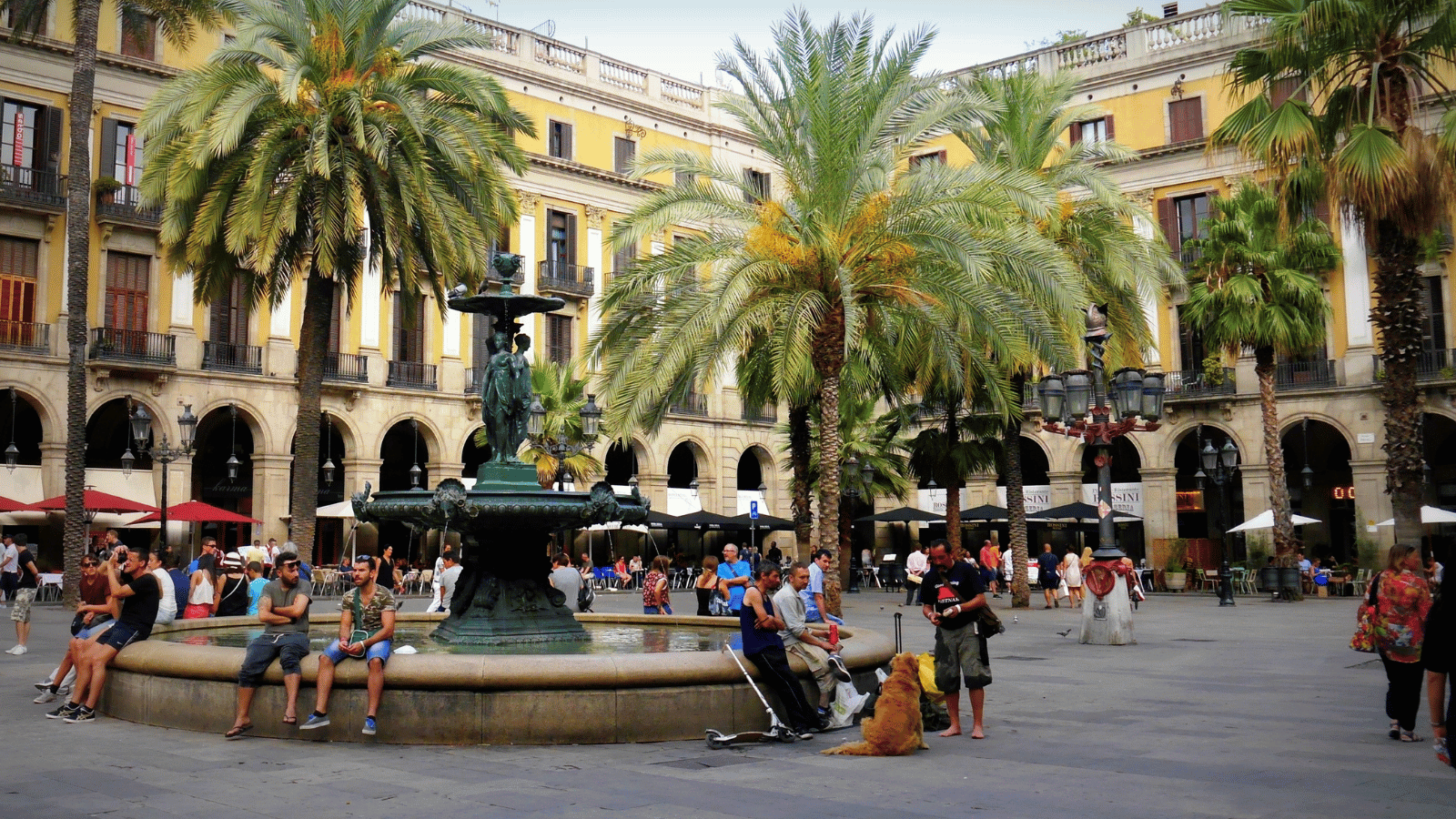
La Rambla is the famous street that tourists flock to, and the best place to experience Barcelona’s notoriously good pickpockets. Be especially aware of them near the Fira too.
Walk down La Rambla for the experience, but beware: it’s tourist trap hell. Do it once, if you decide to go down to the waterfront, which is a great place for a seaside meal.
Eating out in Barcelona
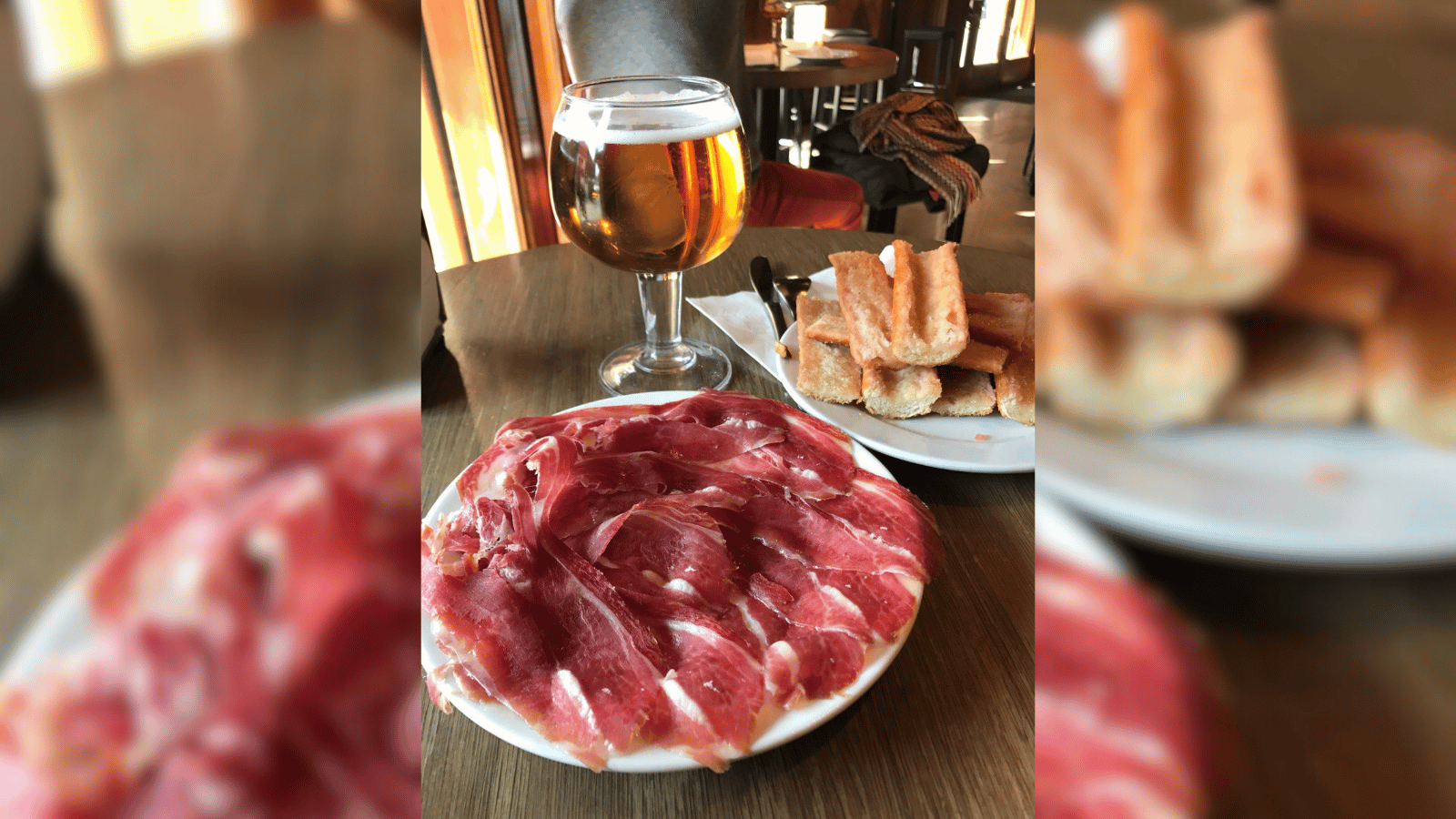
My favourite dish is jamón ibérico, the acorn-fed, cured ham leg that is marbled with juicy fat and tastes like Spain. Catalan cuisine is slightly different from Spanish, and the local bread is often smeared with a tomato/olive oil/garlic spread that is also very traditional.
It’s often served as a starter in restaurants, but I’ve often had it for lunch. It’s called “pan con tomate” (in Spanish) or “pan tumaca” (in Catalan). At every function, there will be a cured leg, from which a waiter slowly, and painstakingly, cuts off slivers of this tantalisingly good pork.
Smallish baguettes are also on sale for a few euros, including at the Fira conference venue (buy one at 10am for lunch, as the queues at lunchtime are prohibitively long) and the airport. It’s usually my last meal at the airport.
Try all the other tapas dishes, as per your tastes, but the paella is a must. It’s considered a lunch meal, not strictly for dinner, but it’s always available.
You can pretty much get a good meal at any bistro in Barcelona. These are a few I have eaten at:
Mi Burrito y Yo | Carrer del Pas de l’Ensenyança, 2, Ciutat Vella, 08002
If you want a meal in the old Gothic Quarter (and you do) then this quirky restaurant is a good one.
I walked passed this restaurant last year with a bunch of other people and randomly chose to sit down and have a meal. Needless to say, the experience was wonderful and the food excellent.
Mercat de Santa Caterina | Av. de Francesc Cambó, 16, 08003
For breakfast, or just for some fresh fruit, go to arguably the most beautiful food market you’ll ever see. Mercat de Santa Caterina was the old market that has since been given a glorious upgrade.
I’ve also eaten at Ciutat Comtal, a very traditional Catalan bistro which serves great tapas.
Quimet & Quimet is yet another legendary restaurant that’s worth the visit.

